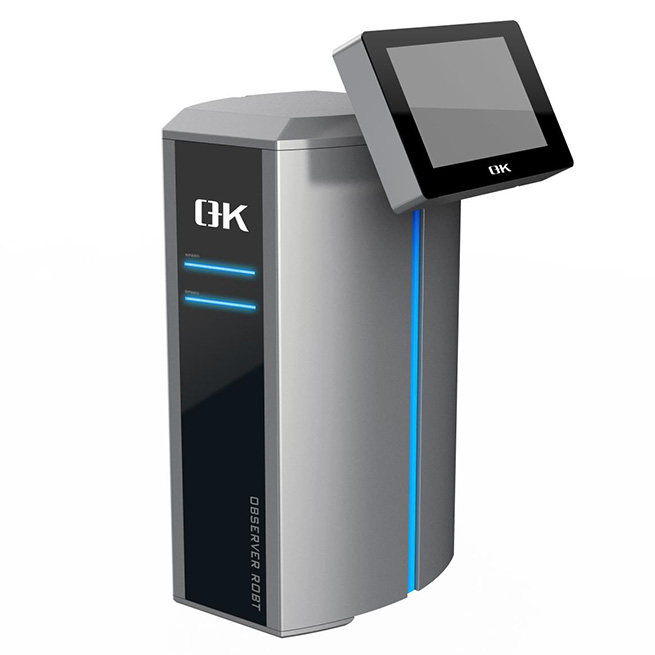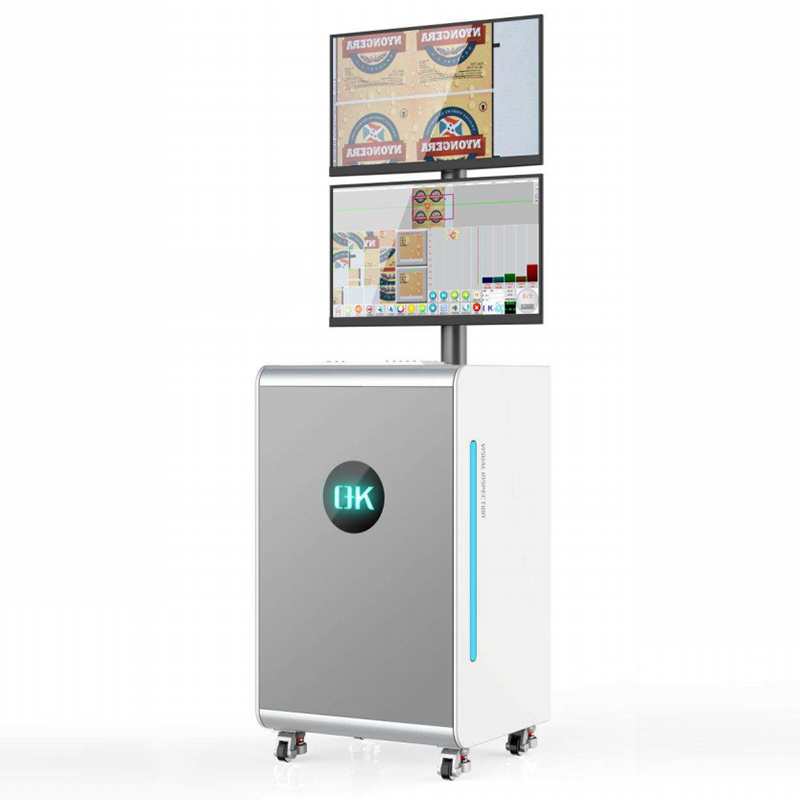Web video inspection systems are innovative solutions that utilize digital imaging technology to capture and analyze real-time video footage for inspection purposes. These systems consist of high-resolution cameras mounted on flexible arms or gantry systems, enabling easy positioning and maneuverability in various environments. In this article, we will delve into the key features, advantages, applications, and importance of web video inspection systems.

Key Features and Components of Web Video Inspection Systems
High-Resolution Camera: The heart of a web video inspection system is its high-resolution camera. It records detailed video footage, allowing inspectors to thoroughly examine objects or surfaces. The camera's resolution ensures even the smallest flaws or anomalies are easily noticeable and can be investigated.
Flexible Arm or Gantry System: The camera is often mounted on a flexible arm or gantry system, providing mobility and flexibility during inspections. The flexible arm allows for easy placement and adjustment, granting access to hard-to-reach areas or objects of varying shapes and sizes.
Lighting Mechanism: Proper illumination is crucial for accurate inspections. Web inspection camera systems include lighting mechanisms, typically in the form of built-in LED lights. These lights can be adjusted to provide appropriate illumination, improving image quality and ensuring clear visibility of the inspection area.
Real-Time Video Display: A real-time video display, usually shown on a monitor or computer screen, allows inspectors to view the inspection process as it happens. This enables instant feedback and facilitates real-time decision-making. Inspectors can evaluate video footage, zoom in on specific areas, and make adjustments on the spot.
Control Unit: A control unit oversees the camera and other components of the web inspection system. It provides inspectors with control over camera movements, lighting conditions, and access to additional features or functionalities offered by the system.
Software and Recording Capability: Web inspection systems include dedicated software that enhances functionality and user convenience. Inspectors can capture photos or record video footage during inspections. This capability is valuable for documentation, further analysis, report generation, and maintaining inspection records for future reference.
Remote Access and Control: Web video inspection solutions often offer remote access and control capabilities. Inspectors can control the system from a central location, increasing flexibility and convenience. Remote access is particularly useful in hazardous or inaccessible inspection areas or when specific expertise is required.
Portability and Durability: Portability and durability are critical considerations for web video inspection equipment. These systems are lightweight and compact, making them easy to transport and suitable for various settings. They are constructed with rugged and durable materials to withstand demanding work conditions, ensuring long-term reliability.

Key Advantages of Web Video Inspection Systems
Enhancing Accuracy: The high-resolution camera and real-time video display of web video inspection systems enable inspectors to observe and analyze details with exceptional clarity. This results in more accurate detection and evaluation of flaws, abnormalities, or quality issues. Improved accuracy reduces the risk of overlooking critical concerns, ensuring thorough inspections and upholding high-quality standards.
Increasing Efficiency: Web video inspection systems streamline the inspection process, leading to increased efficiency. The flexibility of the camera's arm or gantry system allows inspectors to quickly and easily position the camera, providing access to areas that would otherwise be challenging or time-consuming to reach. This saves time and labor compared to traditional inspection methods, ultimately boosting productivity.
Improving Documentation and Reporting: Web video inspection systems often include software that allows inspectors to capture photos or record video footage. This documentation serves as a valuable resource for additional analysis, quality assurance, and reporting. Digital documentation simplifies the process, enhances traceability, and enables comprehensive reporting to stakeholders.
Versatility and Adaptability: Due to their flexible arm or gantry system and customizable lighting mechanisms, web video inspection systems are versatile and adaptable to diverse inspection settings. Inspectors can easily adjust camera angles, illumination intensity, and position to enhance visibility and image quality, catering to various inspection requirements. This adaptability allows the system to be utilized across multiple industries and inspection applications.
Cost Saving: Web inspection camera systems offer cost savings in several ways. They reduce the time and effort required to conduct inspections by enhancing efficiency. Additionally, their ability to quickly identify and rectify flaws or abnormalities reduces the risk of costly rework or product recalls. The documentation capabilities of the system are also valuable for quality assurance and dispute resolution.
Enhancing Safety: By reducing the need for direct physical contact with hazardous chemicals or environments, web inspection vision systems improve safety. Remote inspection capabilities provide a safer working environment, especially in situations where employees may be exposed to hazards or face limited access.
Continuous Improvement and Analysis: The ability to record video footage during inspections enables thorough analysis and evaluation. Inspectors can review recorded footage, assess trends, and identify opportunities for process or product improvement. This helps companies enhance their overall quality control methods and promotes continuous improvement initiatives.

Wide Applications of Web Video Inspection Systems
Manufacturing: Inspecting product quality, identifying flaws, and monitoring manufacturing processes.
Automotive: Examining components, detecting manufacturing or assembly defects, and ensuring compliance with quality requirements.
Infrastructure and Construction: Assessing the condition of structures, inspecting pipelines, and maintaining the integrity of critical infrastructure.
Aerospace: Inspecting airplane components, evaluating surface conditions, and identifying structural flaws.
Quality Control: Verifying product specifications, inspecting packaging and printing quality, and ensuring adherence to industry regulations.
In conclusion, the web video inspection system is an indispensable tool for modern inspections, providing unparalleled precision, efficiency, and adaptability. With advanced imaging technology, real-time video displays, and flexible positioning capabilities, inspectors can detect flaws and irregularities with exceptional accuracy. These systems enhance productivity, reduce costs, and ensure the highest level of quality control across diverse industries. Embracing this technology is essential for achieving inspection excellence, driving improvements, and maintaining a competitive edge in today's fast-paced business environment.